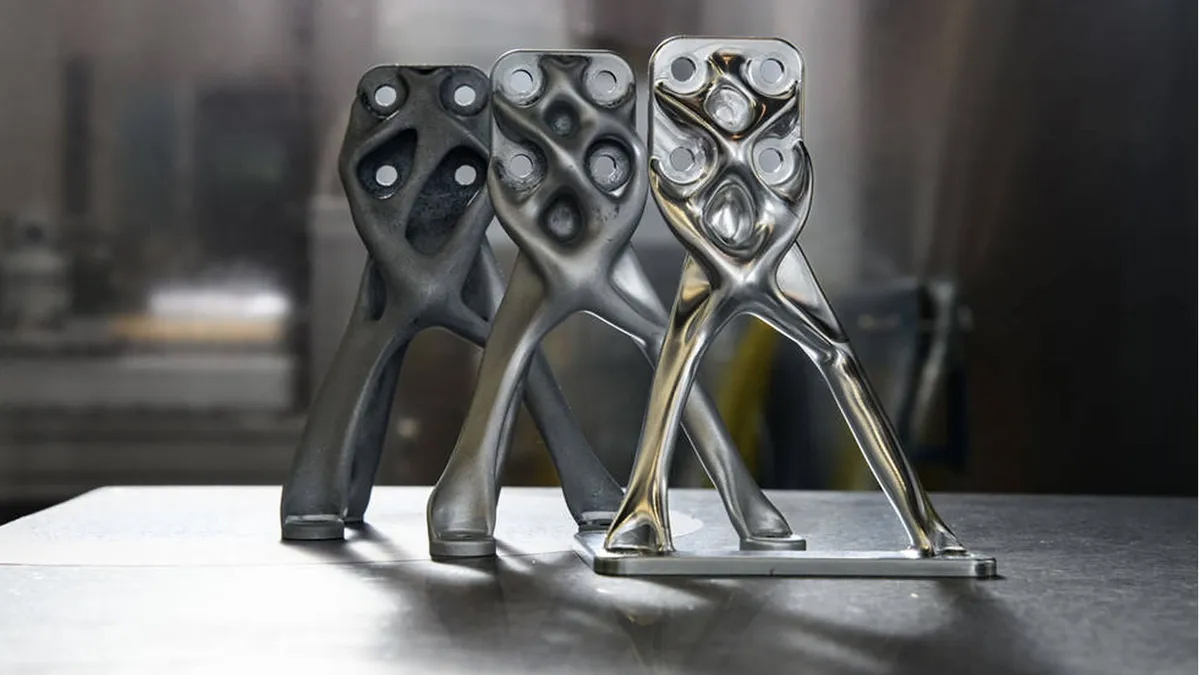NASA’s Goddard Space Flight Center In Maryland Has Used Artificial Intelligence Software To Design Custom, Specialized Spacecraft Components Called “Evolved Structures” For Its Missions.
Research engineer Ryan McClelland said: They look somewhat alien and strange, but when you see them in action, it makes sense.
Starting with mission requirements, a computer-aided design specialist draws the surfaces where the part will attach to the instrument or the spacecraft itself. Then, AI software connects the dots to generate complex structural designs in less than an hour or two.
Algorithms need human eyes, McCland said.
“Human intuition knows what looks right, but the algorithm can sometimes make the structures too thin,” he added.
The evolved parts can withstand higher structural loads, weigh less, and can be produced within a week. They also require less workforce to build, which gives designers more time to work on other parts.
We found that designing spacecraft components using artificial intelligence tools reduces risk. After analyzing the stresses of the parts, we find that the spacecraft parts produced by the artificial intelligence algorithm do not have the concentration of tensions in human designs.
Stress factors are roughly ten times lower than parts produced by an expert human, McCland explained.

According to Ryan McClelland, who pioneered the design of these parts, these evolved structures can reduce weight by two-thirds compared to standard features and are less prone to failure.
They are currently used in various NASA missions, including the EXCITE Infrared Weather-Climate Telescope mission, a balloon-based telescope used to study hot Jupiter-type exoplanets orbiting other stars.
“We have some areas with very complex design requirements,” said Peter Nagler, a physicist at Goddard.
He added: “There was a combination of specific interfaces and detailed load specifications that were challenging for our designers.”
McCland designed a titanium scaffold for the back of the EXCITE telescope. The IR receiver, housed inside an aluminum cryogenic housing, is attached to a carbon fiber plate that supports the primary mirror. These materials have very different thermal expansion properties, Nagler said. He added: We had to have an interface between them that would not put pressure on any of the materials.
AI-assisted design at NASA could facilitate the production of more significant components in orbit or even construction on the Moon or Mars using materials available and enhance service, assembly, and manufacturing capabilities in space.